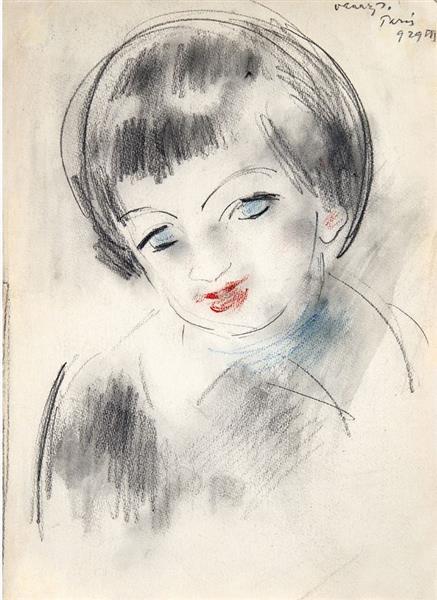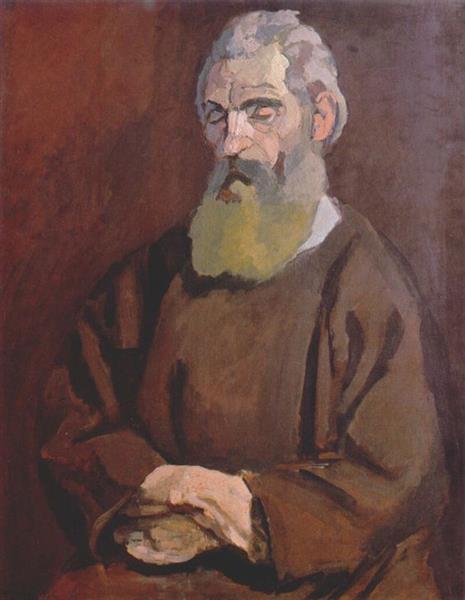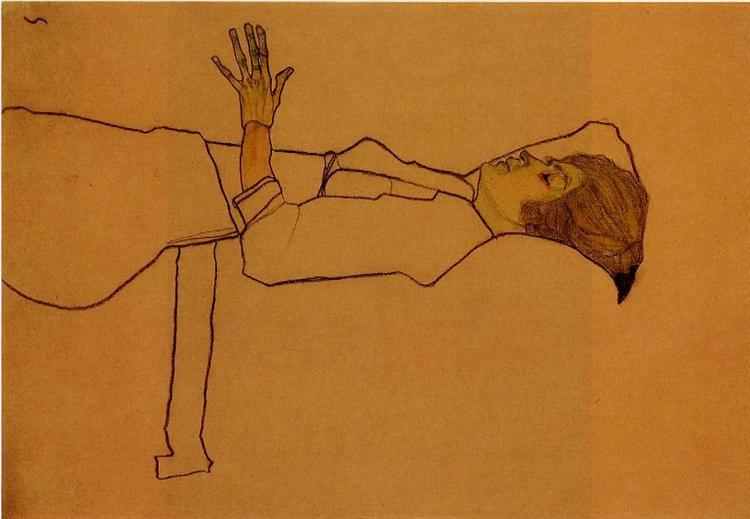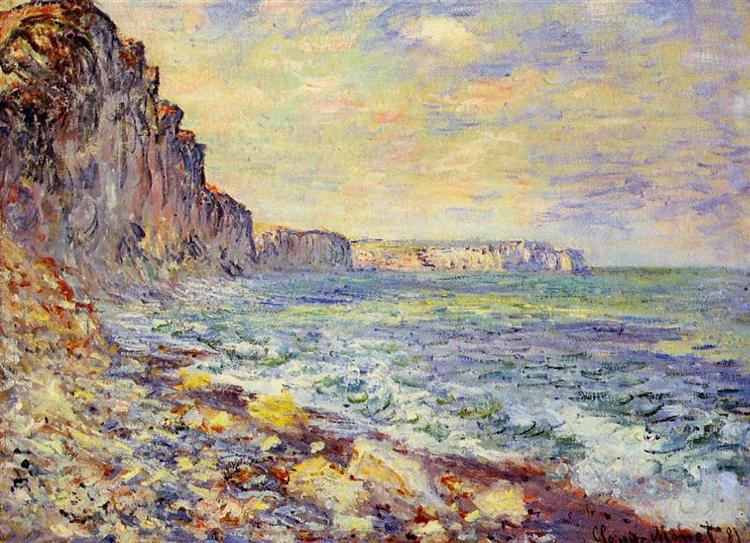Description
Henri Matisse, a central figure in modern art, left an immense legacy that spans several decades and styles. "Blue Sketchbook" (1945, 50x60) flourishes as an eloquent representation of Matisse's mastery of color and line during his later years. Contrary to his Fauvist period, where the explosion of vibrant colors predominated, this work shows a certain restraint and mature reflection, with a predominant focus on the use of blue.
The painting, although seemingly simple, is a testament to Matisse's skill in capturing the essence of his subjects with an economy of lines and a reduced palette. Upon careful inspection of "Blue Sketchbook," we observe the artist's sure hand configuring human figures in activity, probably cut out of paper and pasted on a blue background, a technique he perfected in his cut-outs. These figures are but an extension of his desire for purity of form and color, something he re-evaluated in his later years due to the physical limitations imposed by his illness.
The composition of this work reveals Matisse's interest in the radical simplification of forms. The figures are reduced to fluid, almost abstract contours, allowing for a free interpretation by the viewer. This approach reveals not only the influence of his contemporary Picasso and Cubism but also his fascination with African art and other forms of primitive art. Matisse had been nourished by a variety of influences throughout his life, and his ability to synthesize these into a personal form becomes palpable in "Blue Sketchbook".
The color blue, dominant in this piece, is not accidental. Matisse had a deep relationship with blue, often associating it with tranquility, infinity, and introspection. The choice of this color as both background and figure suggests a desire for balance and serenity, something that contrasts with the latent mobility in the represented human forms. This duality between calm and dynamism encapsulates the inherent tension in Matisse's work, where the fauve—wild—coexists with the contained.
The inclusion of "Blue Sketchbook" in a historical and biographical context is also important. In 1945, Matisse was already confined to a wheelchair, and his working methods adapted to this new reality. The découpage technique, which involves cutting shapes from painted paper and arranging them as collages, became his main means of expression, replacing oil painting. "Blue Sketchbook" may very well be an early representation of this technique that would dominate his later years, culminating in his famous "Cut-Outs."
In summary, "Blue Sketchbook" not only represents a high point in Henri Matisse's career but also a window into his ability to reinvent and rediscover himself in the twilight of his life. The work invites viewers to delight not only in the simplicity of its execution but also in the depth of its content, reflecting a life wholly devoted to the pursuit of beauty and truth through art.











